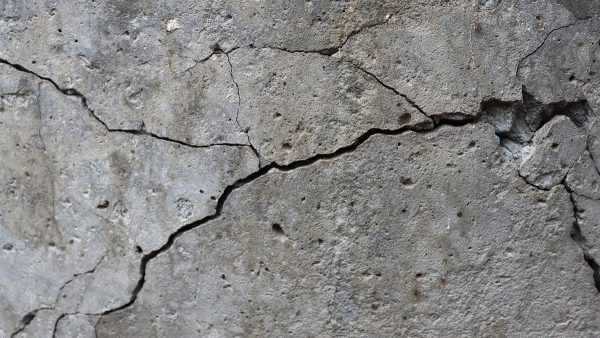Resurfacing concrete vs. replacing concrete

Concrete is one of the most durable and commonly-used building materials in the world. But if you’ve walked through any major city, you’ve probably seen decayed and cracked concrete. It doesn’t last forever.
When concrete starts to go bad, how do you know whether you should resurface it or replace it?
The decay process of concrete
What actually happens to concrete to make it decay?
Sometimes concrete has faults in it from the beginning, but this is rare. More often than not, water and temperature changes are the culprits of concrete degradation. Even a tiny imperfection in the surface of the concrete can provide a place for water to get in, and once water makes its way in, the freeze and thaw cycle begins to work.
Water expands as it cools and contracts as it warms. This process is worse in areas with large temperature swings. Eventually, the concrete can crack and break apart. Sometimes this cracking is just on the surface; depending on the concrete and severity, this can be called delamination or spalling.
Cracks that run through the slab can cause more significant damage. They can indicate that the whole slab is coming apart. If a crack runs deep enough, it may reach the internal frame (usually rebar), and the water can rust it and break the whole structure apart.
Resurface vs. replace
Can that cracked concrete be saved? It all depends on how deep the damage goes.
If there’s only surface damage, the concrete can be resurfaced with a new layer. The underlying structure is still sound and will be able to build a cohesive bond with the new material.
If the cracks go significantly deeper or the slab has buckled due to water reaching the rebar, you’ll need to assess. It may be possible to cut and replace a section of the concrete, but it cannot just be resurfaced.
It may not be immediately apparent which one will work. Talk to an expert—we can help. Here at JKI, we regularly look at these jobs and determine what’s possible. Talk to us today for a free consultation.
